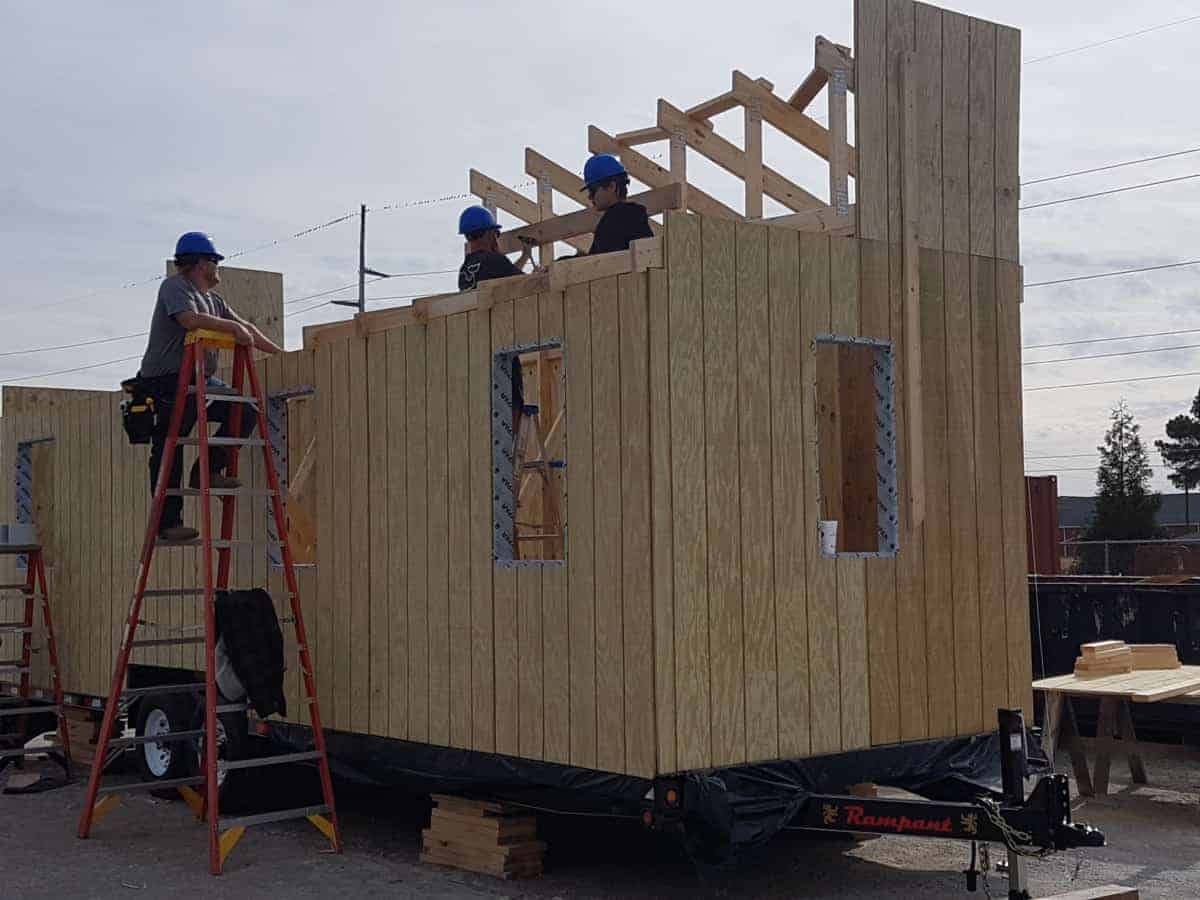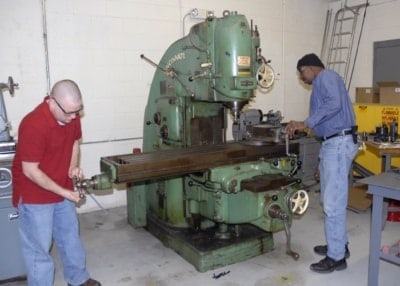Above my desk hangs a framed print of The Country School, a painting by the famed American painter, Winslow Homer. The print depicts a New England single-room schoolhouse from the 1800s. Prominently, in the center of the image is a young woman, holding an open book in her left hand as she directs the learning of a room of age-diverse students. The wide range of ages of the children demonstrates the challenge, perseverance, and skill of the young teacher to successfully instill learning in such an open classroom.
This print belonged to my mother, who taught second grade for thirty years in Ohio. I once asked her why she became a teacher, and she told me that teaching and nursing were the only careers promoted to girls when she was in school. For her, the print not only represented the craft of teaching, but also the limited career opportunities presented to her growing up in the Midwest.
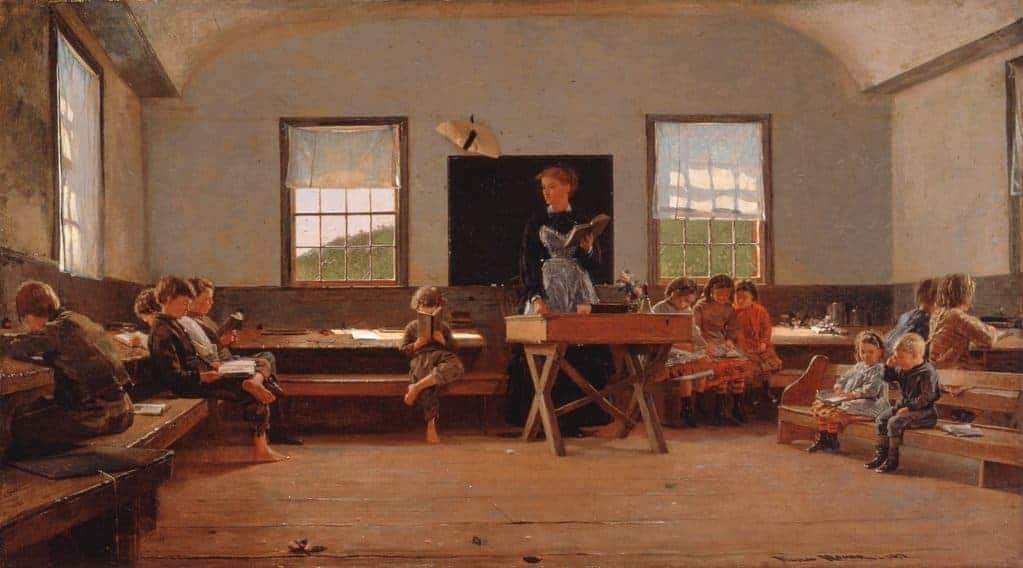
What my mother experienced during her formative years is not much different from the career impressions presented to school-age girls today. One just needs to look no further than the images seen on television or in social media. Consider the trades and construction, where the dominant image is still that of a white man wearing a hard hat. This perception closely reflects reality as white men occupy the supervision or foreman positions managing crews of male Hispanic or Latino workers. Female construction workers are a rarity at many construction sites because the trades are simply not being pursued by women as a career option. This is partly because of the persistent – and outdated – cultural perception that the trades are best suited for men.
The lack of women in construction mirrors enrollment in construction-related programs at community colleges. According to data from the North Carolina Community College System, less than 10% of the students in construction-related programs are women. Yet, nearly 60 percent of all community college enrollment is female. We cannot expect the gender gap in the construction industry to change if the female enrollment in training programs leading to the careers does not improve. The only way to improve enrollment is for parents and children to start recognizing that a career in the trades is a great opportunity for girls as well as boys.
The industry has acknowledged it has a public perception problem, and in North Carolina, the Carolinas Association of General Contractors (CAGC) is working with the community college system to rebrand construction and contractor careers, with a focus on female and minority populations. One unanticipated and surprising result of this partnership is learning about women construction faculty at North Carolina’s community colleges. Dr. Lisa Chapman, Chief Academic Officer with the North Carolina Community College System, is encouraged that more women are becoming involved in traditionally male-dominated trades programs. She responded that, “a strategy to encourage more women to go into male-dominated careers is to have women instructing courses in career fields like the trades. Intentionally or unintentionally, instructors serve as role models by demonstrating to the students a sense of belonging, providing encouragement, and showing what is possible.”
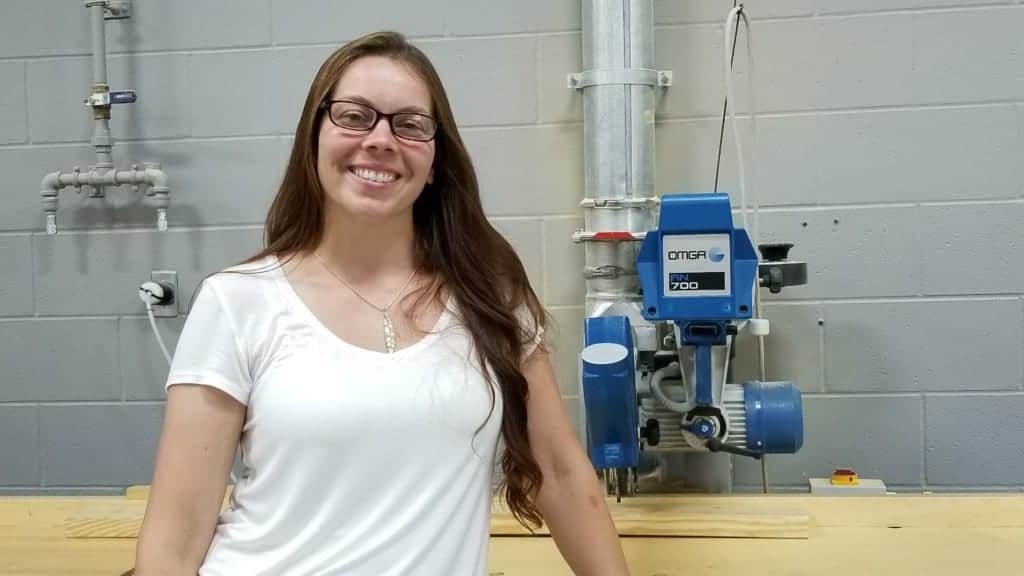
Passionate instructors
Two shining stars and role models for girls and women interested in construction are Maurey Verzier, Department Chair of Building Construction Technology at Pitt Community College, and Maryah Smith-Overman, Program Director, Construction Trades, Durham Technical Community College. Both women became involved in construction because of their fascination with making things or enjoying working with their hands. Maurey explains, “I have always been interested in how things go together, the why behind design. I started out in the Architectural Technology program as a student and received the opportunity to return as an instructor.” Maryah’s interest in construction began early, “from a young age, I was always working with my hands and I loved building with any materials I could find. When I was in high school, I took a wood working class; that class opened the door to the construction field and inspired me to dive deeper into woodworking and carpentry.”
The impact instructors have on students cannot be overstated. Maryah explains that it was an instructor’s encouragement that helped push her to continue to explore the field of construction, “the teacher of my high school wood working class was great, extremely supportive of me, being the only female in the shop. That support and positive learning environment allowed me to explore the craft, and I haven’t stopped building since.”
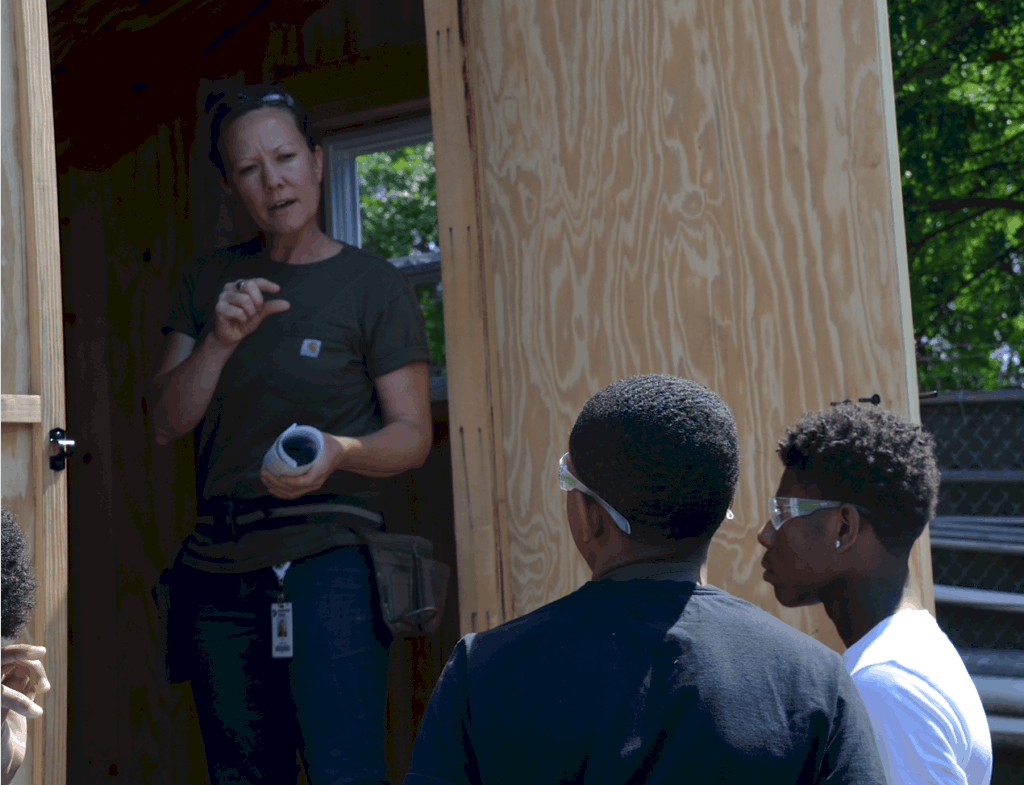
The passion that an instructor showed Maryah is the type of emotion that Maurey now demonstrates toward her students. She described her favorite thing about teaching is, “watching my students walk across the stage at graduation. This hasn’t changed since becoming a Department Chair. In fact, I think my sense of commitment to these students has increased. I want for each of them to enjoy success when they leave the school.”
Entrepreneurship
Entrepreneurship is one of the goals of many people who go into construction and Maryah is a good example of someone who used her skills and made a business out of construction. “There is room in the field for entrepreneurship. When I was at Haywood Community College studying professional craft in woodworking, I realized that I could make a career in the trades and that was an exciting prospect for me. I ran a furniture/cabinetry design-build business, building custom work for residences and businesses in NC. Over the years, I’ve worked with and for homebuilders and trim carpenters as a carpenter on new build and renovation sites.”
Entrepreneurship is an important element of a training in construction-related programs. Maurey and her students have worked closely with a local homebuilders’ association on several projects over the last year, including an off-campus Live-Build Student project that just sold in May of 2018. She is in the planning stages for the next Live-Build project and a Carpentry Competition for her incoming first-year students.
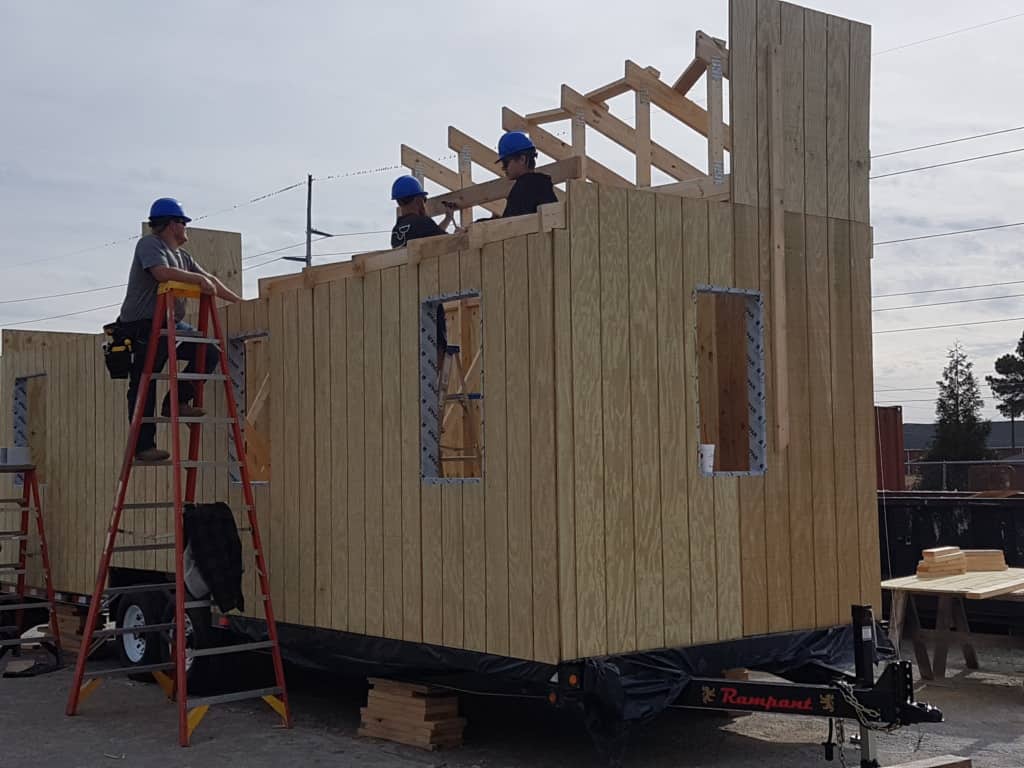
Promoting construction to women
Enrollment in both Pitt and Durham Tech’s construction programs is mostly male. However, Maurey and Maryah are working hard to improve the gender diversity in their respective programs. Maurey takes a hands-on approach to recruitment. She feels the biggest obstacle in recruiting anyone to the field of construction is getting them to step out of their comfort zone and dive in, without embarrassing them. Once they realize they are not alone and the Pitt building construction faculty team are there to help, students will take the chance, pick up the circular saw or the nail gun, and try it. Maryah agrees with Maurey’s approach and stresses that recruiting female students looks different from methods to recruit men. “Since the trades are male-dominated, women don’t necessarily think that there is space for them. Having female instructors and representation in programming is extremely powerful. Myself and other female instructors are present and supportive of all students—and especially our female students—to see them through training at the college,and beyond, providing guidance and industry connections.”
Recently, a group of high school-aged girls attended a construction camp at Durham Tech. When Maryah discussed careers with the group, she explained that if they show up, work hard, and push through, there’s a lot of opportunities for them. The girls in the camp listened and when asked what they planned to do after high school, each of the girls who attended emphatically responded that they were interested in pursuing the construction trades.
Reflecting upon my own mother’s experience following her retirement from teaching, she self-taught herself the skills needed to renovate old houses and manage contractors assisting in their repair. I believe, had she been encouraged by an instructor like Maurey or Maryah when she was young, to go into construction, she would have followed that path and instead of teaching. Though she affected many lives as an educator, I don’t think my mother found true satisfaction in her work until she began to build and renovate. It’s time the cultural norm surrounding construction and contractor careers changes. The trades are opportunities for any person, regardless of gender, race, or country of birth.
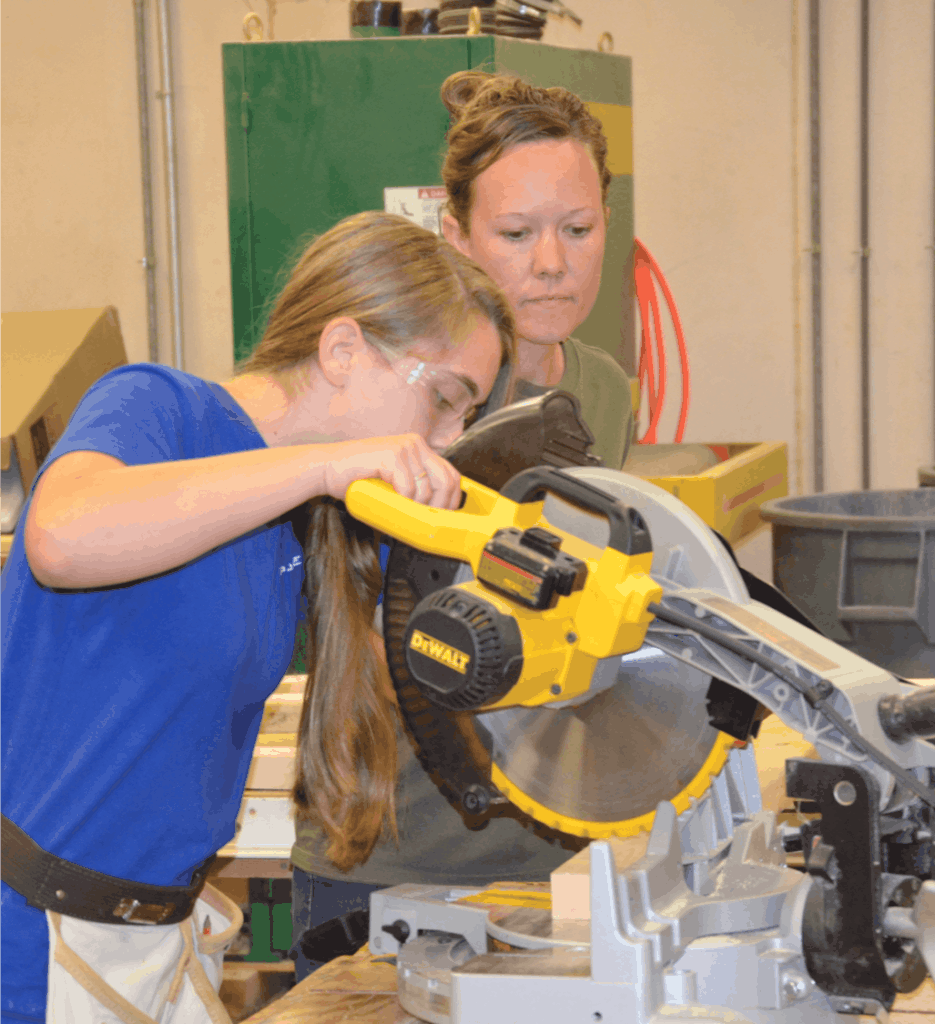
Maurey and Maryah are two superstar instructors in the NC Community College System, occupying positions of leadership in programs that just a few years ago were occupied by men. Through their recruitment efforts and roles as mentors, more women will enter education pathways leading to the construction industry and begin to change the public perception of the trades.
